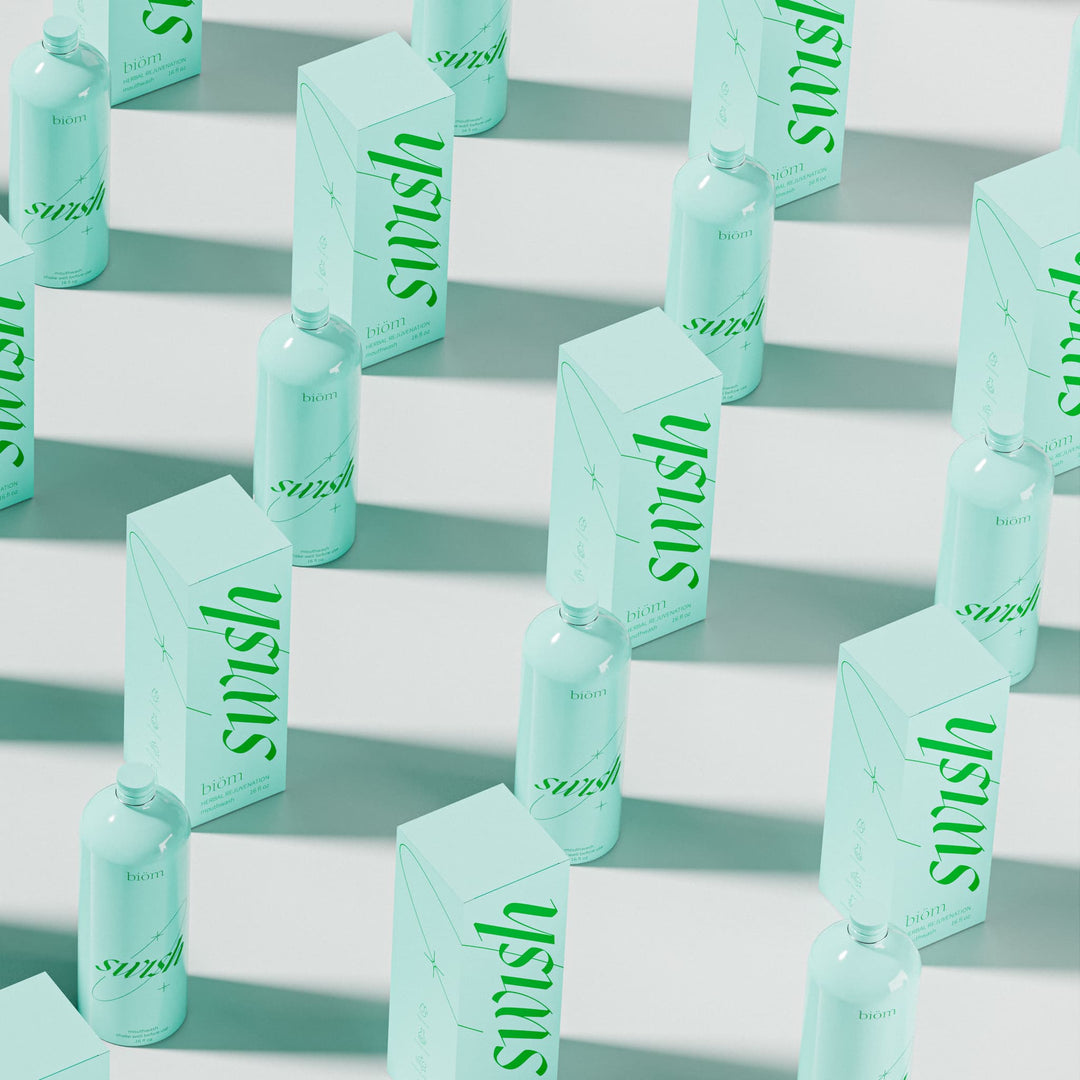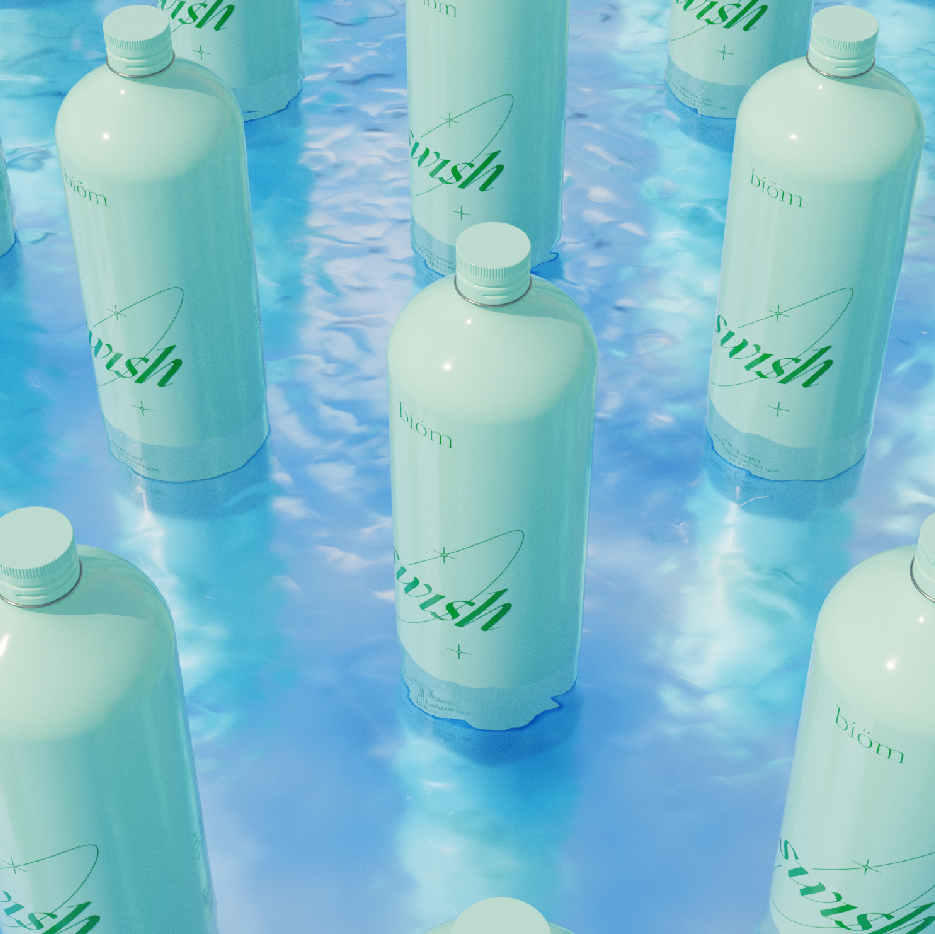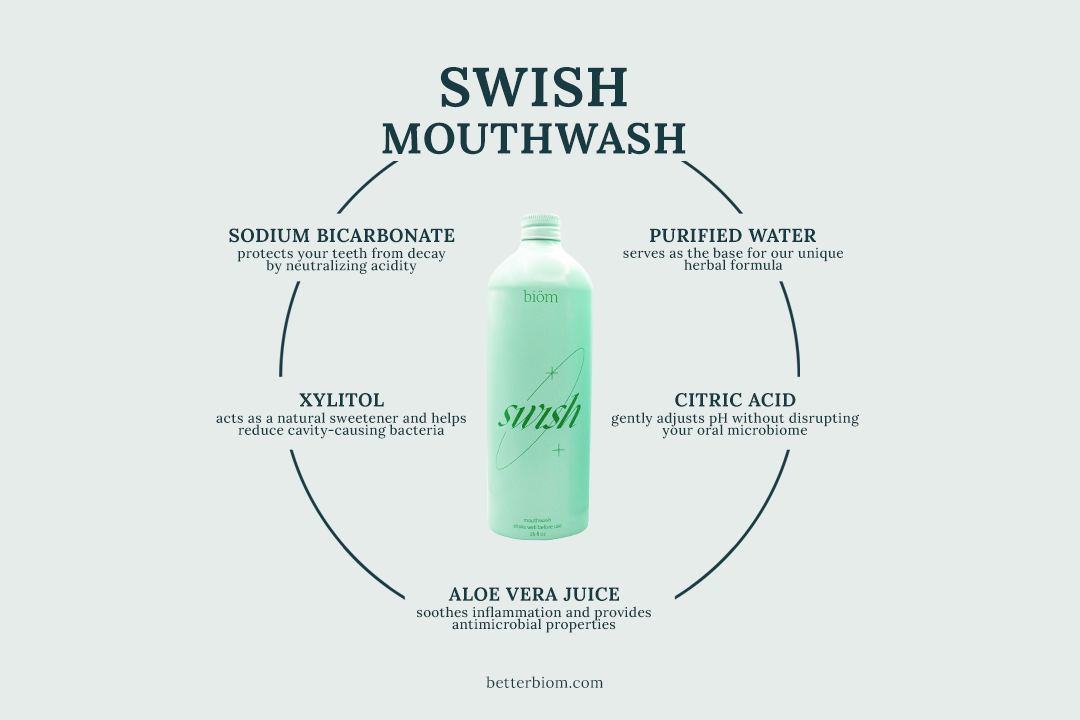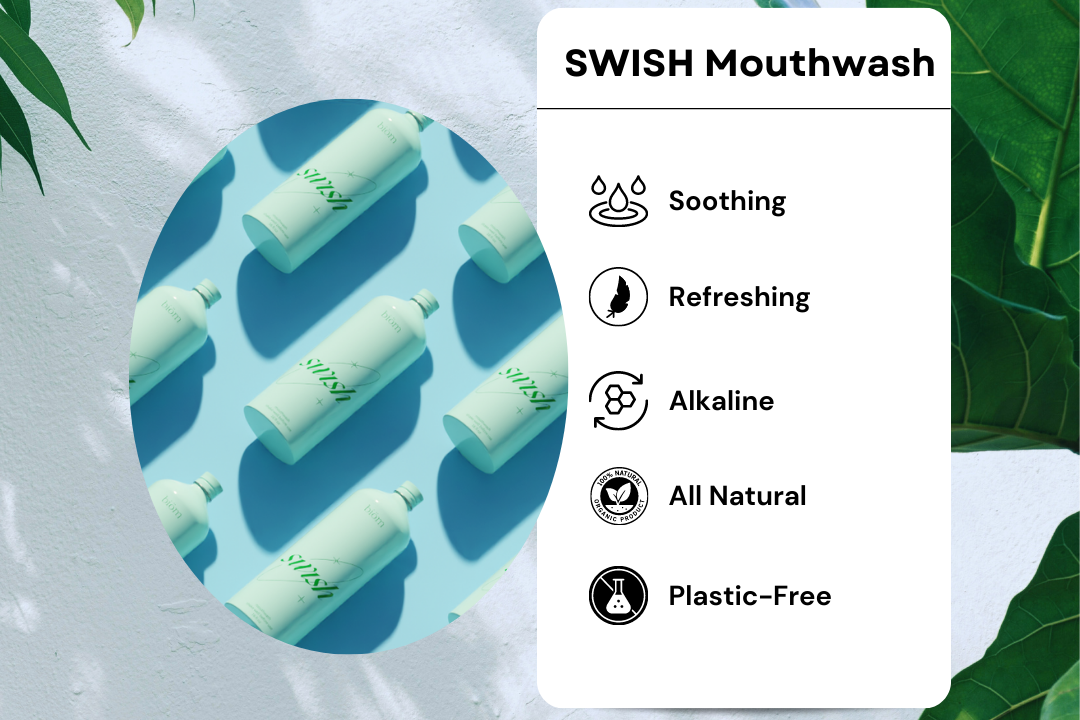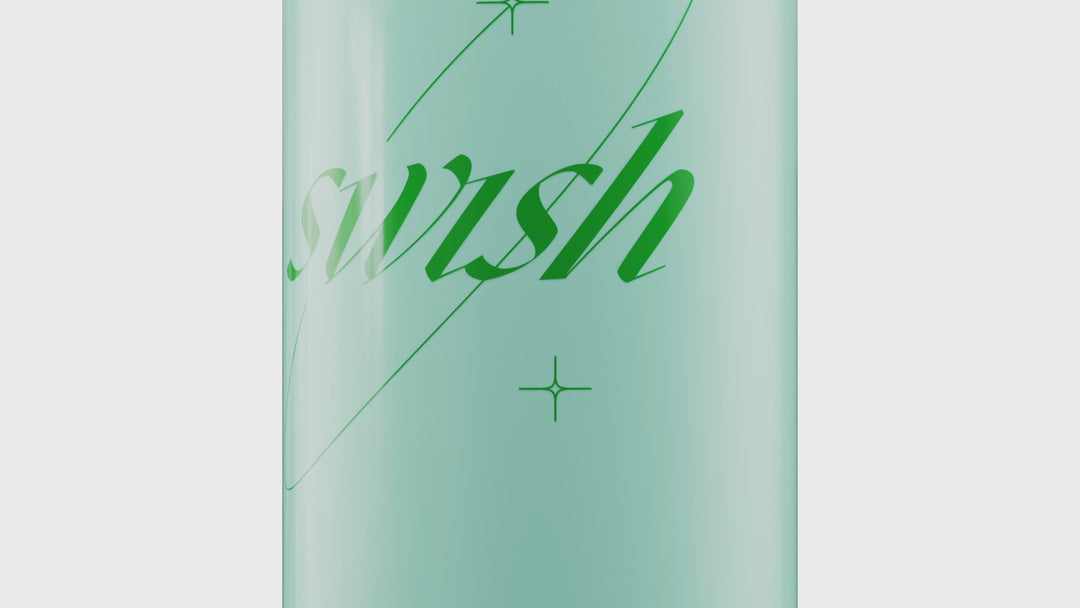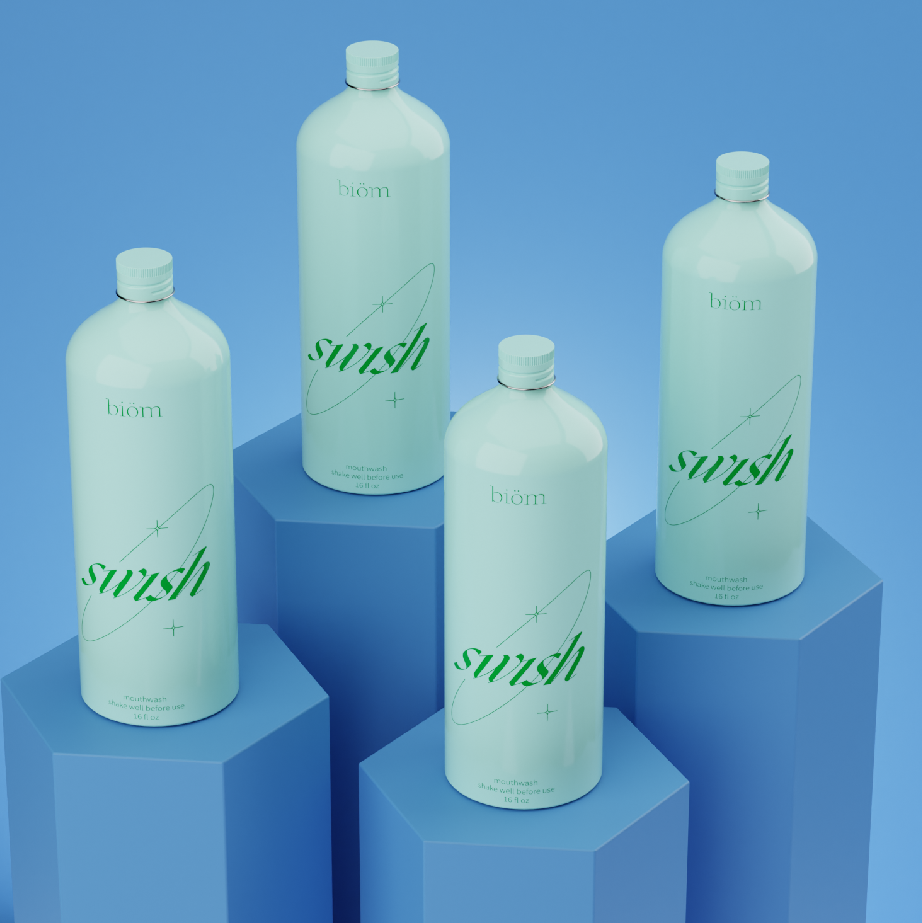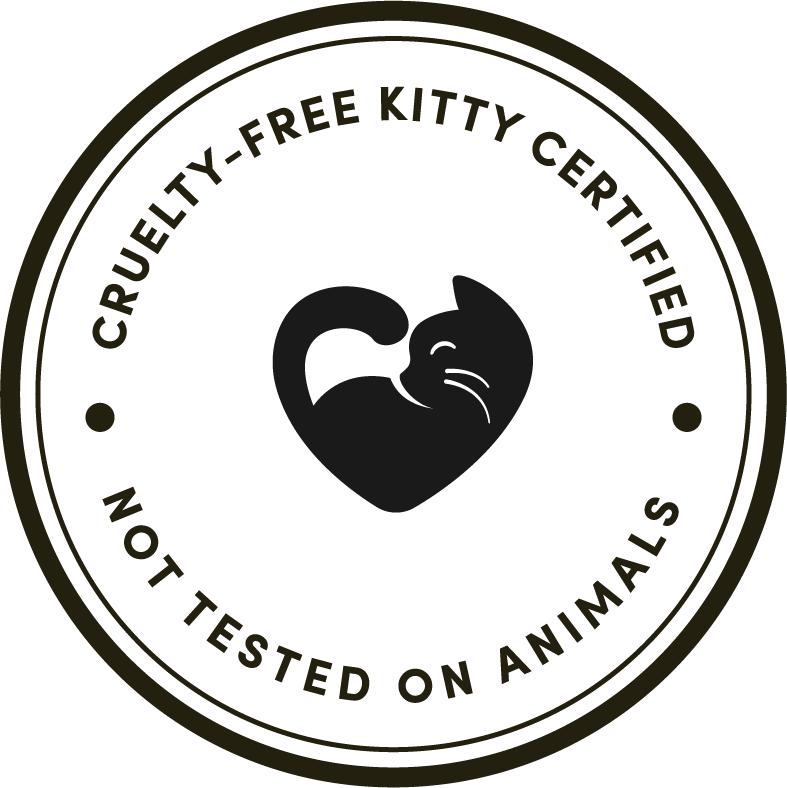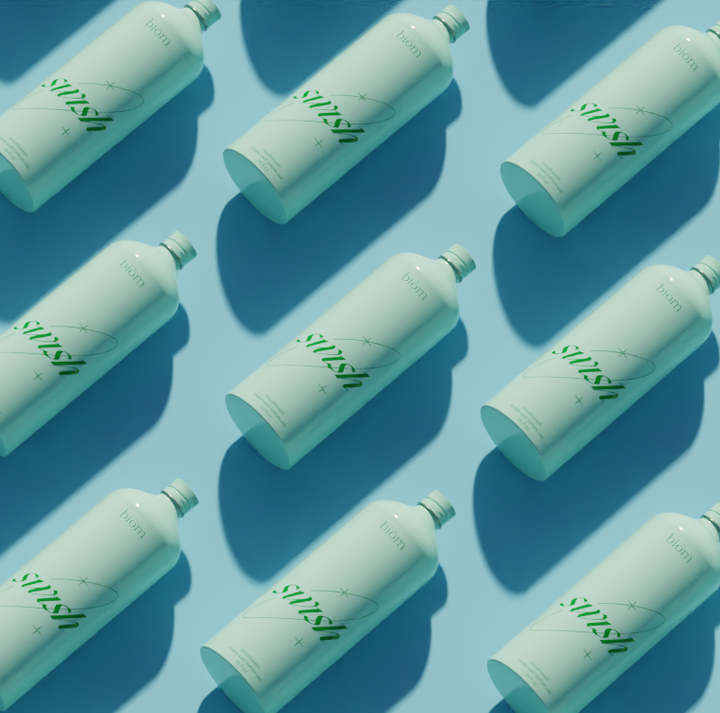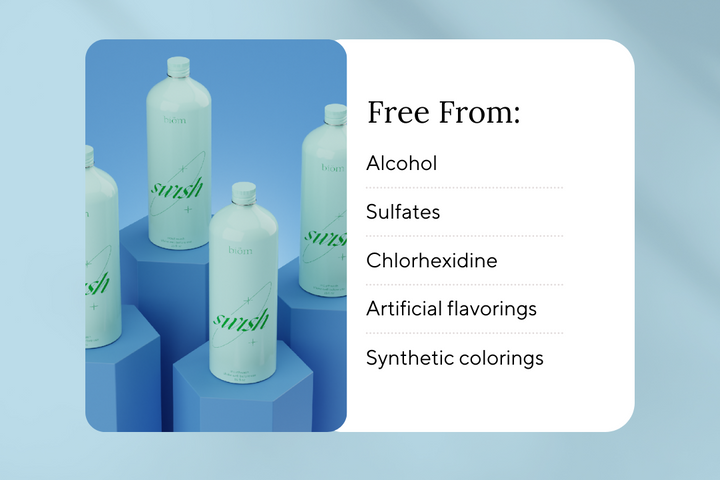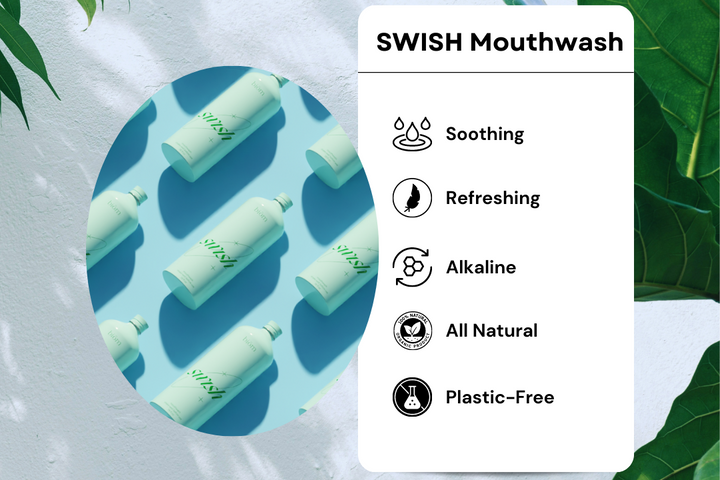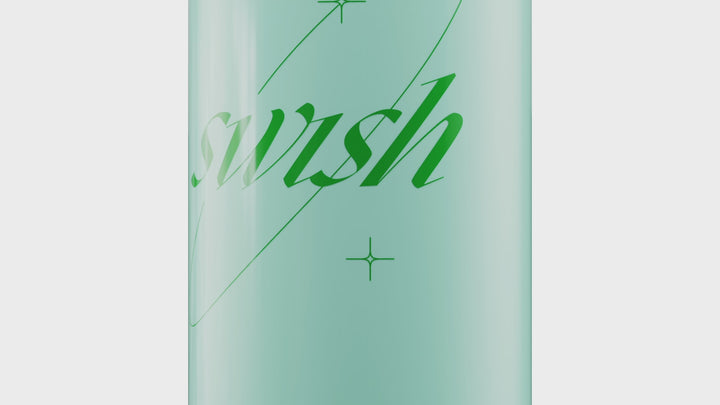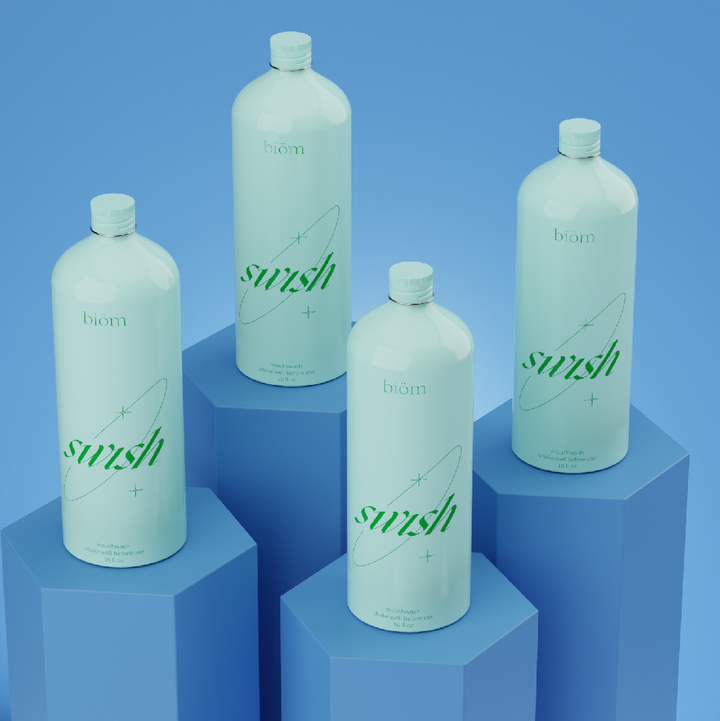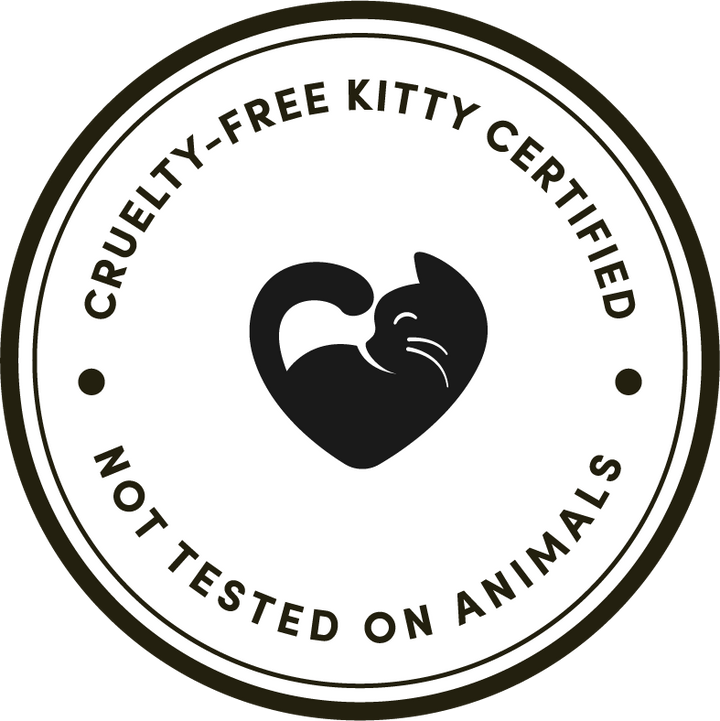How to Use Mouthwash: Swish Right, Smile Bright!
- Shake your mouthwash gently to ensure an even distribution of ingredients
- Pour the recommended amount into a cup. Usually, it is 20 ml.
- Swish mouthwash for about 30 seconds to 1 minute, ensure it reaches all areas.
- Spit out the mouthwash into the sink, don't rinse!
Taking care of your smile is just as easy as 1-2-3. It goes beyond just brushing and flossing your teeth - it's about using mouthwash properly and safely, too!
Think about it, we use our mouths all day, every day—for eating, drinking, and speaking.
That's why we should make our oral health a top priority because, after all, it doesn't just impact our dental well-being but also our confidence and comfort.
Keep reading to learn everything you need about mouthwash and how to use it.
Why use mouthwash?

Mouthwash or mouth rinse is a liquid dental product that is generally used to help kill germs and harmful bacteria that can live in your mouth, particularly around your teeth, tongue, and gums.
Usually, mouthwashes provide a minty aftertaste, but they can also come in a variety of formulations and flavors.
Plus, mouthwash is good for you, and it can offer a significant number of benefits that we'll explore in the next few sections.
Mouthwash Freshens Breath
Mouthwash can provide an instant boost of freshness to your breath by killing the bacteria that cause bad breath.
It can be a quick and convenient solution for those times when you need a quick freshen-up.
Mouthwash Reduces Plaque Buildup
Studies suggest that the regular use of mouthwash can help reduce the formation of plaque on your teeth. Plaque is a sticky film of bacteria or germs that can lead to tooth decay and gum disease.
Using an oral rinse in addition to your regular brushing and flossing routine can help keep your mouth and teeth healthy.
Mouthwash Reduces Inflammation Around the Gums
Gum disease is a common oral health problem that can result to tooth loss if left untreated.
Mouthwash can help kill the bacteria that cause gum disease and reduce inflammation around gums.
Provides Additional Protection
Mouthwash can provide an extra layer of protection against harmful bacteria in your mouth and some can strengthen your tooth enamel.
In fact, it's particularly helpful for reaching areas that are difficult to clean with a toothbrush or floss, like the back of your tongue, the roof of the mouth, the throat, and in between your teeth.
How to Use Mouthwash

Using mouthwash is a simple and refreshing part of your oral health routine.
Follow this step-by-step process after brushing with non fluoride toothpaste and flossing to make the most out of your mouthwash experience:
That's it. Simple, right?
Mouthwash is a quick and effective way to maintain oral hygiene and leave you feeling confident throughout the day.
What type of mouthwash is best to use?

You may often assume that all mouthwashes are essentially the same, but that's far from the truth.
Traditional mouthwashes usually contain alcohol (ethanol), and excessive use of this may lead to various issues for some people.
Many users find that alcohol mouthwash can dry out their mouth (which may worsen halitosis-related symptoms).
In fact, according to the Australian-based NPS, there is increasing evidence that there may be a link between the amount of alcohol in your mouthwash and the growth of some oral cancers.
It's also essential to consider whether your chosen mouthwash brand includes antibacterial and antiseptic properties, as not all of them have. This is helpful for your breath.
As a result, natural, alcohol-free, and antibacterial mouthwashes can offer significant benefits compared to many popular brands. You should use mouthwash that effectively treats your concerns without causing any unwanted side effects.
Are you supposed to rinse after mouthwash?
Contrary to common belief, it's recommended not to rinse your mouth with water immediately after using mouthwash.Rinsing dilutes the active ingredients, reducing the effectiveness in fighting harmful bacteria and germs. This can lead to less protection against:
- tooth decay
- gum disease
- and bad breath.
Additionally, wait at least 30 minutes after using mouthwash before eating or drinking to allow it to work optimally.
To fully benefit from mouthwash, go with mild, gentle, yet effective for a healthier, cleaner mouth.
Is it bad to use mouthwash after brushing?

No, it is not bad to use mouthwash after brushing. In fact, it's a common and recommended practice!
According to the National Health Service (NHS), you should avoid mouthwash right after brushing as this may wash away the fluoride (or nano hydroxyapatite) from your toothpaste.
Instead, you should wait for at least 20 minutes before rinsing your mouth for the best result.
Plus, mouthwash can help get into the crevices of your teeth and dislodge debris that your toothbrush is unable to.
However, it should not replace your regular brushing routine with nano hydroxyapatite toothpaste or flossing.
Can mouthwash replace brushing?
No, mouthwash cannot replace brushing.Brushing your teeth with fluoride-free toothpaste is essential to:
- reduce plaque
- prevent tooth decay
- whiten teeth
- fresh breath
- and maintain overall oral health
It's important to brush your teeth at least twice a day for two minutes each time and to use dental floss or a tongue scraper to clean between your teeth and tongue.
Should I use mouthwash after whitening strips?
No, you should not use mouthwash immediately after using whitening strips.
Whitening strips contain bleaching agents that work to whiten your teeth, and using mouthwash right after may wash away the whitening agents and reduce their effectiveness.
We recommend you wait at least 30 minutes after using whitening strips before using mouthwash.
If you have any concerns, consulting with your dentist is a good practice to ensure you're following the best approach for your oral care routine!
Summary: How to Use a Mouthwash

To use mouthwash, simply dispense about 20mL of SWISH Mouthwash, gargle for about 30 seconds, and spit it out.
This oral routine will effortlessly care for your smile and give you that extra boost of confidence.
It's the simple steps that make a world of difference, leaving you with a happier, healthier smile that you can confidently show off to the world!
Frequently Asked Questions
How do I use mouthwash properly?
To use mouthwash properly, pour the recommended amount, swish for at least 30 seconds, spit it out, and avoid rinsing with water immediately afterward for optimal effectiveness.
Should I use mouthwash everyday?
Yes, it is generally recommended to use mouthwash twice a day after brushing and flossing to ensure the removal of any bacteria or food particles that brushing and flossing might miss.
Is it bad to rinse after using mouthwash?
No, it's not bad, but it's recommended not to rinse immediately after using mouthwash, as it dilutes the active ingredients, reducing their effectiveness.
How long should I wait to eat or drink after using mouthwash?
You should wait at least 30 minutes after using mouthwash to eat or drink for best results.
Can I swallow mouthwash?
While SWISH Mouthwash is designed to be safe to swallow, it's generally recommended to spit mouthwash out to eliminate bacteria and food particles.
Is alcohol free mouthwash better?
Alcohol-free mouthwash is often considered better for people with sensitive mouths or those who experience dryness from alcohol-based products. It is less likely to cause irritation or disrupt the natural balance of oral bacteria. Additionally, alcohol-free mouthwashes can be a good option for individuals with certain medical conditions or those who prefer a milder formula. However, both alcohol-free and alcohol-containing mouthwashes can be effective for oral hygiene when used correctly.
Should you brush your teeth or mouthwash first?
It’s generally better to brush your teeth first, as brushing removes plaque and food particles, allowing mouthwash to work more effectively. Using mouthwash afterward helps rinse away any remaining bacteria and freshens your breath. However, if you prefer to use mouthwash first, just make sure it’s alcohol-free to avoid drying out your mouth.
How to use mouthwash at night?
To use mouthwash at night, first brush and floss your teeth to remove plaque and food particles. Then, pour the recommended amount of mouthwash into a cap, swish it around in your mouth for 30 seconds to 1 minute, making sure it reaches all areas. Afterward, avoid eating or drinking for at least 30 minutes to allow the mouthwash to fully work and protect your teeth overnight.
How long do I leave mouthwash in?
You should leave mouthwash in your mouth for about 30 seconds to 1 minute. Swish it around, making sure it reaches all areas of your mouth, including between your teeth and along the gum line. Avoid swallowing the mouthwash, and after the recommended time, spit it out.



